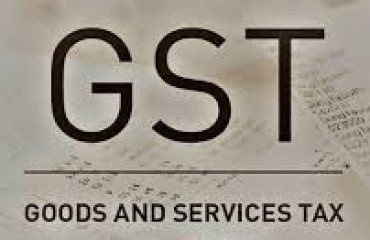
NEW DELHI : Data from GSTN, the company that processes GST returns, showed that over 76.8 million e-way bills were raised in October, compared with more than 84 million electronic permits raised in September.
NEW DELHI : Data from GSTN, the company that processes GST returns, showed that over 76.8 million e-way bills were raised in October, compared with more than 84 million electronic permits raised in September.
E-way bills, taken by analysts as a high-frequency indicator of consumption and production trends, remained well above 70 million since March, showing robust goods shipments across the country and witnessing sustained growth from May till September.
Experts did not see the slip in October as worrisome.
"The decline in GST e-way bills is likely to be on account of the holidays during the festive period," said Aditi Nayar, chief economist at rating agency ICRA Ltd.
GST revenue collections in October, a function of sales in the previous month, were the second highest at ₹1.52 trillion, the finance ministry reported on Monday.
The latest S&P Global India manufacturing PMI released on 1 November showed that growth in the Indian manufacturing industry remained robust, showing historically marked expansions in factory orders and quantities of purchases, while production growth outpaced its long-run average despite softening to a four-month low.
Manufacturing purchasing managers' index rose from 55.1 in September to 55.3 in October, indicating a robust improvement in the health of the sector, S&P said on Monday.
The PMI data is based on a survey of around 400 manufacturers, while e-way bill data is based on actual transactions.
Experts also believe that pent-up demand in the past two years and the stabilization of economic activities are driving consumption and GST revenue receipts.
Large state economies like Maharashtra, Uttar Pradesh, Gujarat and Karnataka reported double-digit growth in GST revenue receipts in October.
Industrial output data from the government had shown that the manufacturing sector, which saw a sharp 20% jump in May this fiscal has since tapered off as the base effect waned and showed a small degree of contraction in August.
Policymakers believe that India's economy is on a strong footing, although external factors pose a downside risk as coordinated action by central banks around the world is leading to a surge in the cost of funds while energy prices are witnessing sharp volatility.
The Reserve Bank last month lowered its forecast for economic growth to 7% from its earlier forecast of 7.2% as headwinds from extended geopolitical tensions, tightening global financial conditions, and a possible decline in the external component of aggregate demand could pose downside risks.
